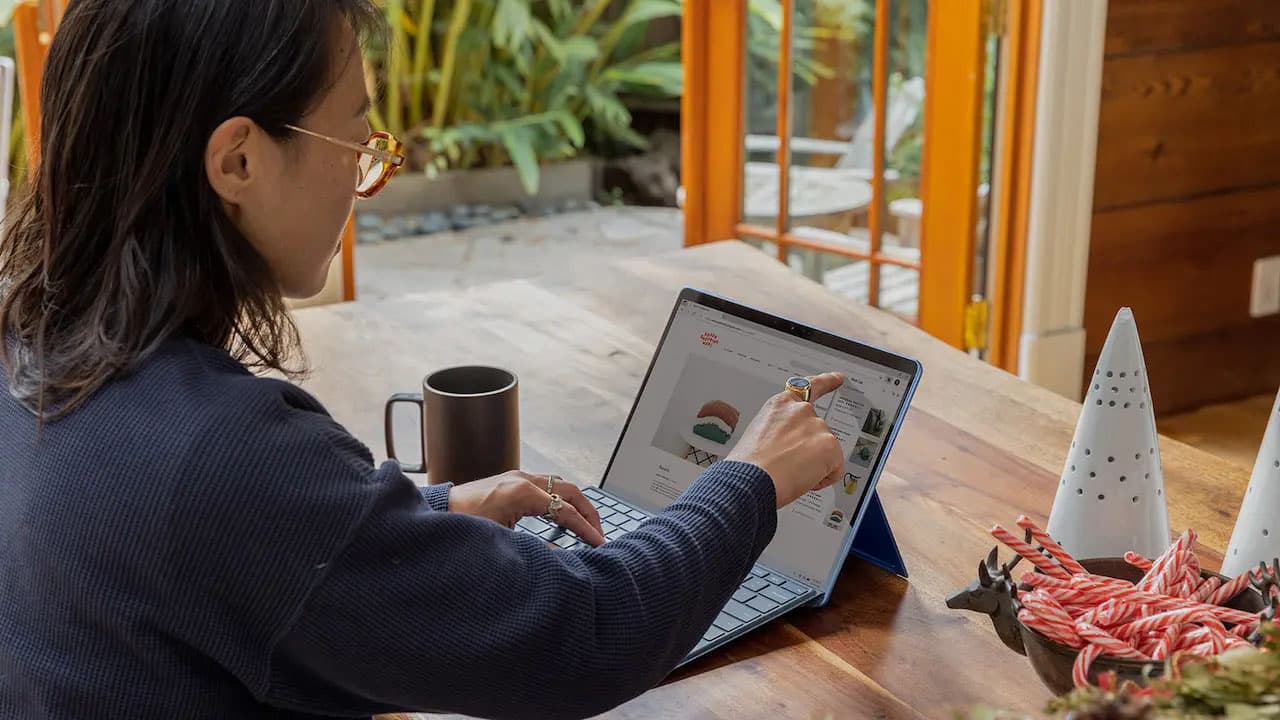How to Create an Internal Link Structure for Your Website
An effective internal link structure is important for optimizing your website. It improves search engine visibility and enhances user experience. This article covers best practices for creating an internal link structure.
1. Plan Your Website's Hierarchy
Have a clear understanding of your website's hierarchy. Identify your main categories and break them down into subcategories or individual pages. This structure will form the basis for your internal linking strategy.
2. Use Descriptive Anchor Text
Anchor text is the clickable text in a hyperlink. Use descriptive and relevant anchor text when creating internal links. Avoid generic phrases like "click here." Instead, use specific keywords or phrases that describe the destination page. This helps search engines and informs users about what they can expect when they click the link.
3. Prioritize Contextual Relevance
Maintain contextual relevance when creating internal links. Linking related pages helps search engines understand the relationship between different sections. It also allows users to navigate through relevant content smoothly. Link to pages that provide further information or expand on the topic.
4. Implement a Logical Navigation Structure
An intuitive navigation menu is essential for guiding users. Ensure your navigation structure is logical and easy to understand. Use dropdown menus or subcategories to organize content effectively. Incorporate breadcrumbs to provide a clear path back to the homepage or parent categories.
5. Use a Sitemap
A sitemap lists all the pages on your website, helping search engines discover and index your content. Including a sitemap improves search engine crawling and supports a coherent internal linking structure. Update your sitemap to reflect changes or additions to your website.
6. Leverage Sidebar and Footer Links
Add internal links in your sidebar and footer. These sections are consistent across your website, offering additional pathways to relevant content. Be careful not to overload these areas with too many links, as this may confuse users.
7. Monitor and Update Broken Links
Regularly check for broken links on your website. They can frustrate users and hurt search engine rankings. Use online tools or plugins to identify and fix broken links promptly.
8. Optimize for Mobile Devices
Ensure that your internal links are mobile-friendly. Make links easily tappable and space them adequately to avoid accidental clicks. Test the internal link structure on various mobile devices and screen sizes for a seamless user experience.












